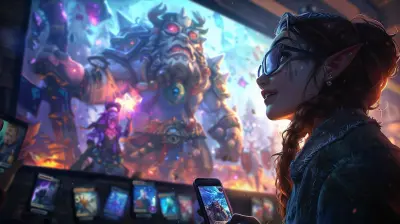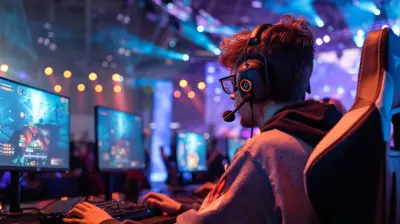Secrets to Building the Perfect In-Game Economy
9 June 2025
Ever played a game where you felt like a billionaire one minute, and broke the next? Or maybe you grinded for hours just to afford a sword some other player casually bought ten copies of? Yeah, we’ve all been there. The in-game economy can make or break a player's experience. But why is it so tricky to get it right?
Let’s pull back the curtain and dive deep into the secrets to building the perfect in-game economy. Whether you're a budding game dev or just a curious gamer, stick around—because what goes on behind the scenes is just as thrilling as the action on screen.
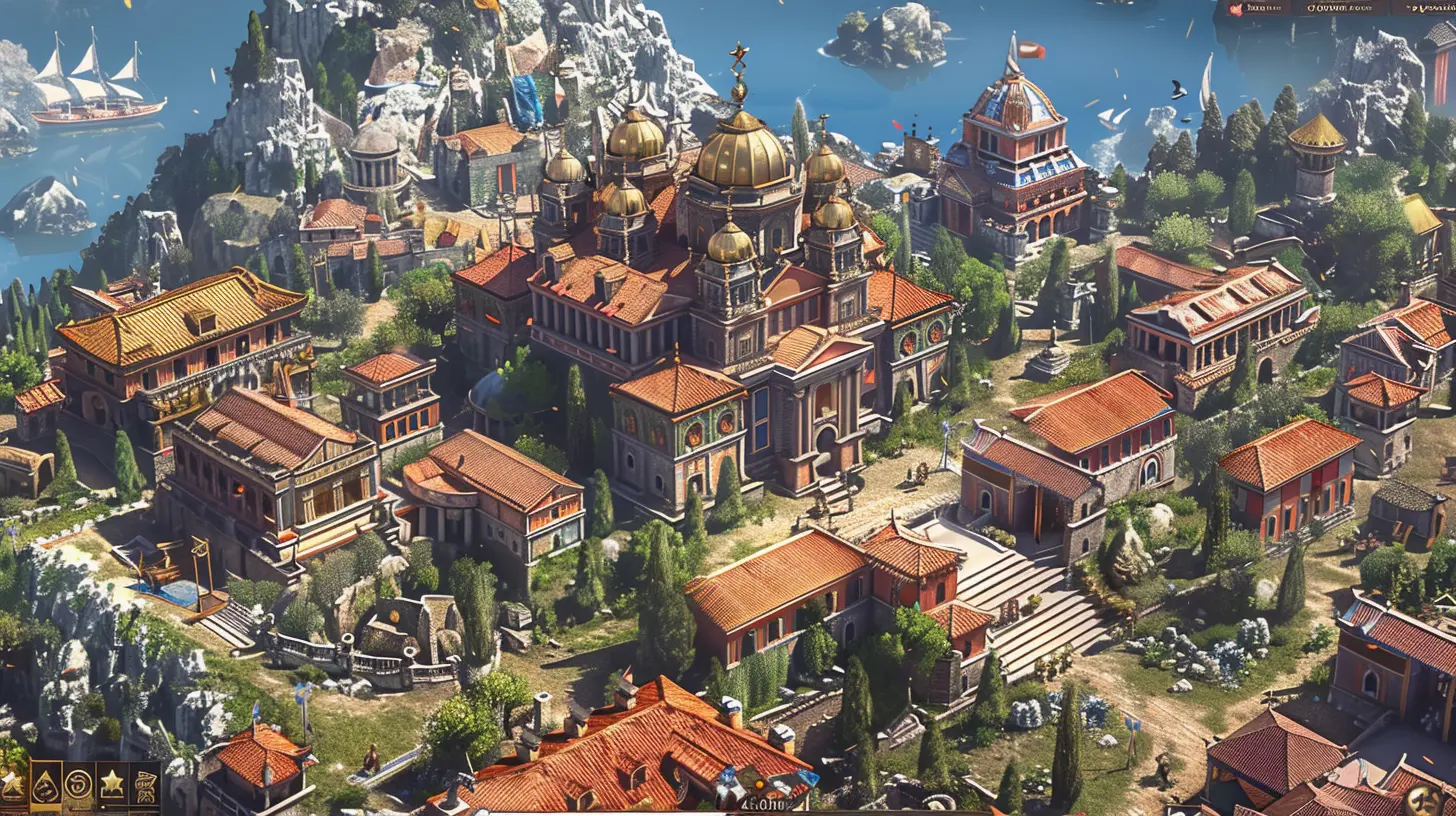
What Is An In-Game Economy Anyway?
Think of a game like a mini country. There’s money (gold, coins, credits), goods (weapons, gear, loot), and services (healing, crafting, auction houses). A game’s economy is how all these things interact. It’s the balance of earning (via quests, trading, grinding) and spending (on upgrades, cosmetics, power boosts).Just like in the real world, if the economy is too inflated or too stingy, it creates chaos. The goal of a well-built in-game economy? Keep things fun, fair, and functional.

The Building Blocks of a Game Economy
Before diving into the juicy secrets, let’s talk about the essentials. You can’t build a mansion without bricks, right?1. Currency Systems
Every game has some form of currency—it might be gold coins, gems, or even something quirky like “starfruit points.” The key here is clarity and value.- Primary currency – Usually earned by regular gameplay (kills, missions).
- Premium currency – Often purchased with real money. Used for special items or speeding up progress.
- Event currency – Temporary, tied to specific in-game events.
Balance is everything. If premium currency gives too much power, players without wallets get left behind. And that’s a big no-no.
2. Loot and Resource Distribution
Loot is life in most games. Whether you're after a legendary sword or rare crafting materials, how the game dishes out loot impacts the entire economy.- Drop rates should feel rewarding, not punishing.
- Rarity tiers create excitement (common, rare, epic, legendary).
- Resources should tie into crafting, upgrading, or trading systems.
Too many rare items? Inflation. Too few? Frustration. Find that sweet spot.
3. Player-Driven Markets
In multiplayer games (think MMORPGs or survival sandboxes), players love to trade. Give them the tools, and they’ll create complex, thriving marketplaces.- Auction houses and peer-to-peer trades add realism.
- Players become sellers, creating demand and supply.
- But—scams, exploits, and market manipulation are real risks.
Monitor it like a hawk and offer safeguards.
4. Sink vs. Source Balance
Here’s a secret every dev must know—money sinks are just as important as money sources.- Sources = ways to earn money (missions, sales, loot).
- Sinks = ways to spend/burn money (taxes, repair costs, fast travel).
If players earn too fast and spend too slow, the economy bloats. Create enough sinks to keep things flowing.
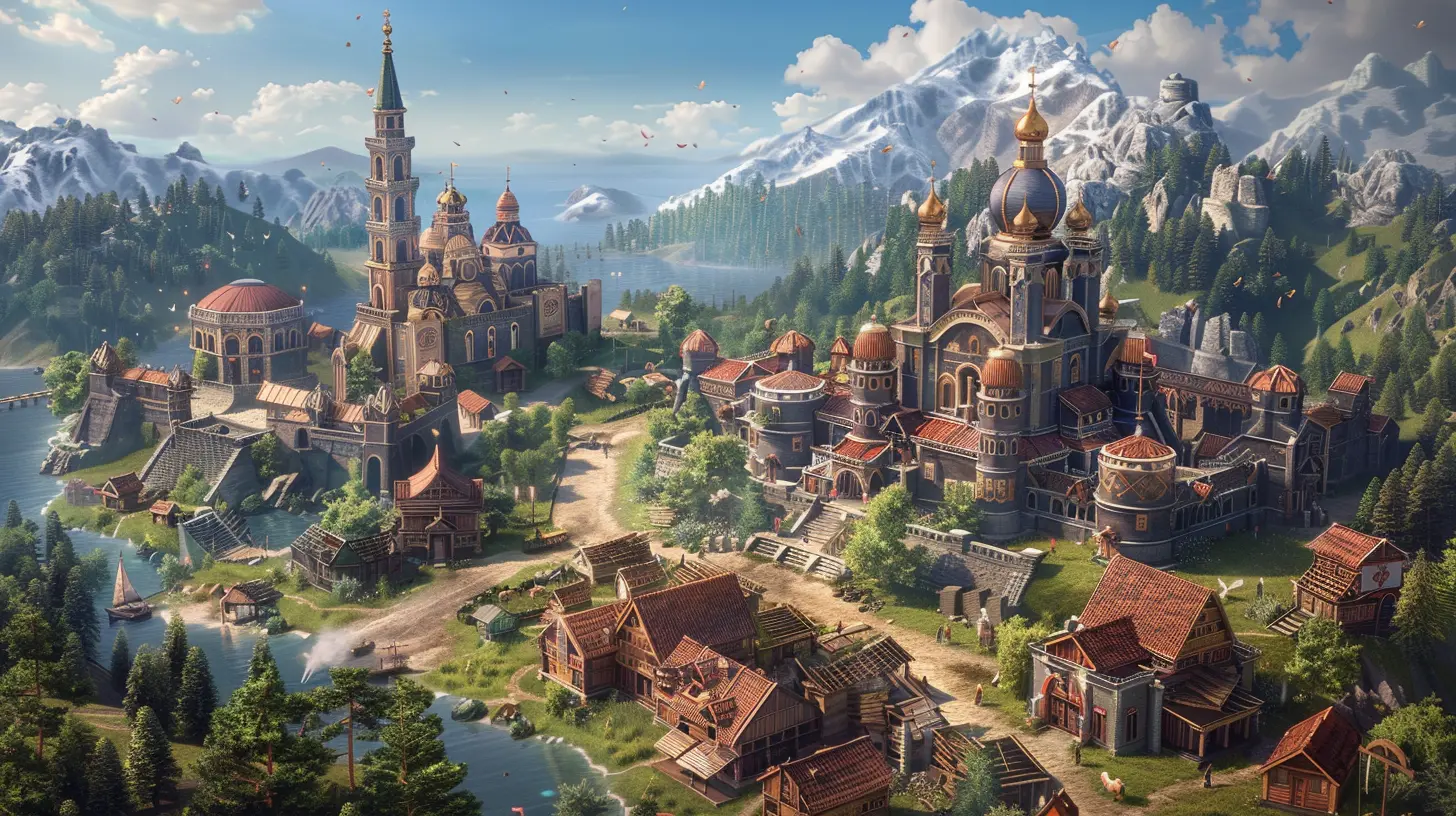
The Secret Sauce: Designing With Purpose
Ready for the real juice? Let’s look at the practical secrets behind building an economy that players love.1. Understand Player Behavior
Humans are weird. We hoard, we speculate, we chase shiny things. A good economy takes all this into account.- Casual players want simplicity and fairness.
- Hardcore players want depth and investment.
- Whales (big spenders) want flash and exclusivity.
Design for all three. Don’t alienate your core audience by catering too hard to one type.
2. Add Progression and Pacing
Games are journeys. Your economy should scale with progression.- Early-game: Small gains feel significant.
- Mid-game: Bigger investments and rewards.
- Late-game: Luxury items, prestige, player-driven goals.
Pacing is critical. If everything is too cheap or too expensive too fast, players burn out.
3. Dynamic Pricing and Reward Systems
Ever noticed how item prices fluctuate in games like Runescape or EVE Online? Dynamic pricing keeps things alive.- Supply and demand should influence value.
- Seasonal events can shake things up.
- Limited-time offers add urgency.
Don’t let prices sit stale. Keep the market moving.
4. Avoid Pay-to-Win Pitfalls
Yes, monetization is necessary—but at what cost?Players despise pay-to-win systems. Letting real money buy power ruins the fun for everyone else.
- Keep premium purchases cosmetic or convenience-based.
- Balance paid and earned paths.
- Make sure free players can still compete.
Trust is hard to earn and easy to lose. Build systems that respect both time and wallet.
5. Use Data Wisely
Data isn't just for nerds. Every transaction, purchase, or grind session tells a story.- Track player spending habits.
- Monitor inflation and item hoarding.
- Identify bottlenecks and adjust drop rates or rewards accordingly.
Then—test, test, test. Balancing an economy is an ongoing process, not a one-time setup.
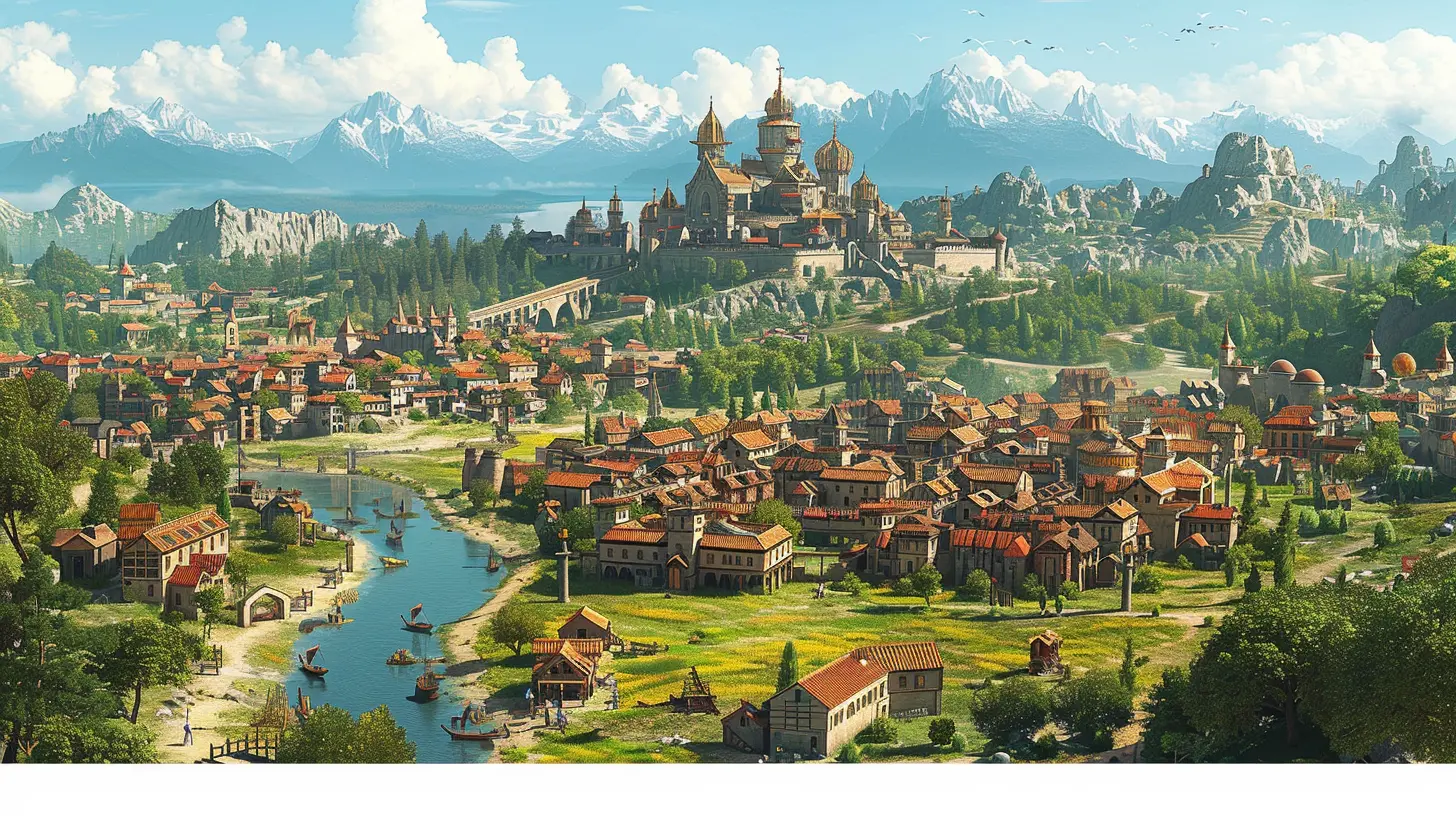
Common Mistakes That Ruin Game Economies
Let’s take a quick detour and spotlight what NOT to do (because it's just as useful as knowing what to do).1. Overly Generous Rewards
If everyone becomes a millionaire, nothing feels valuable anymore. This leads to inflation.2. No Money Sinks
Without enough ways to spend, currency piles up. And once players are rich, progression dies.3. Pay-to-Win Boosts
Selling power? Say goodbye to fair competition and community trust.4. Static Markets
When prices never change, things get stale fast. Players lose interest, and trading becomes boring.5. Neglecting Community Feedback
Your players will tell you when something's broken—listen. Ignoring feedback is like ignoring your GPS and driving into a lake.Examples of Great In-Game Economies
Want some inspiration? Let’s peek at a few games that nailed it.EVE Online
This game has an actual economy that mimics real-world markets, with player-run corporations, supply chains, and fluctuating prices. It’s complex, but players love the freedom.Runescape
RuneScape boasts a player-driven economy that has lasted for decades. Drop rates, skilling items, and trading all play a role. Even inflation is managed over time with money sinks like the Grand Exchange tax.Animal Crossing: New Horizons
Yep, even cute games have economies. The turnip market, DIY crafting, and item trading keep players engaged and financially motivated—without feeling grindy.
Future-Proofing Your Economy
Game ecologies evolve. New content, updates, expansions—they all impact your economy. So, how do you future-proof things?Ensure Scalability
Will your systems still work with double the player base? Or ten times? Plan for growth.Keep Updating Sinks and Sources
As players get richer or better, make sure your game evolves too. New items, tougher challenges, and prestige systems help absorb old wealth.Experiment, Iterate, and Balance
Don’t be afraid to shake things up. Temporary events, rebalanced costs, or surprise rewards keep things fresh. Just communicate changes clearly.Players Want More Than Just Numbers
At the end of the day, players aren’t just crunching numbers—they want meaningful rewards and a sense of accomplishment. Your in-game economy shouldn’t just be functional, it should be fun.Let players feel like every copper or crystal matters. Make saving up worth it, investing smart, and trading clever. That’s what creates memorable, addictive experiences.
Final Thoughts
Building the perfect in-game economy is part science, part art, and a whole lot of trial and error. But when it clicks? Oh boy—it turns your game from “just another one” into a world players want to live in.So whether you're coding your first indie RPG or thinking about how to balance your space sim’s resource trade... remember: It’s all about balance, engagement, and creating meaningful interactions.
Now get out there, future Tycoon of Game Design, and make that virtual economy sing.
all images in this post were generated using AI tools
Category:
Game StrategiesAuthor:

Lucy Ross
Discussion
rate this article
3 comments
Valencia Vasquez
Great insights on crafting a balanced in-game economy! Your tips on resource management and player engagement are spot on. It's crucial for developers to understand these dynamics to enhance player experience. Excited to see how these strategies can elevate game design. Keep up the fantastic work!
June 17, 2025 at 2:34 PM

Lucy Ross
Thank you! I'm glad you found the insights helpful. Balancing in-game economies is essential for a rewarding player experience. Your enthusiasm is much appreciated!
Cassidy Curry
Building a balanced in-game economy requires careful attention to resource distribution, player engagement, and reward systems. Prioritizing player experience and ensuring fair trade dynamics will foster a thriving virtual marketplace and enhance gameplay longevity.
June 15, 2025 at 4:01 AM

Lucy Ross
Thank you for your insight! Balancing resource distribution and player engagement is indeed crucial for a sustainable in-game economy. Your emphasis on fair trade dynamics highlights the importance of a player-centric approach.
Jackson McGee
Great insights! Excited to enhance my game economy!
June 14, 2025 at 3:39 PM

Lucy Ross
Thank you! I'm glad you found it helpful. Best of luck with your game economy!
